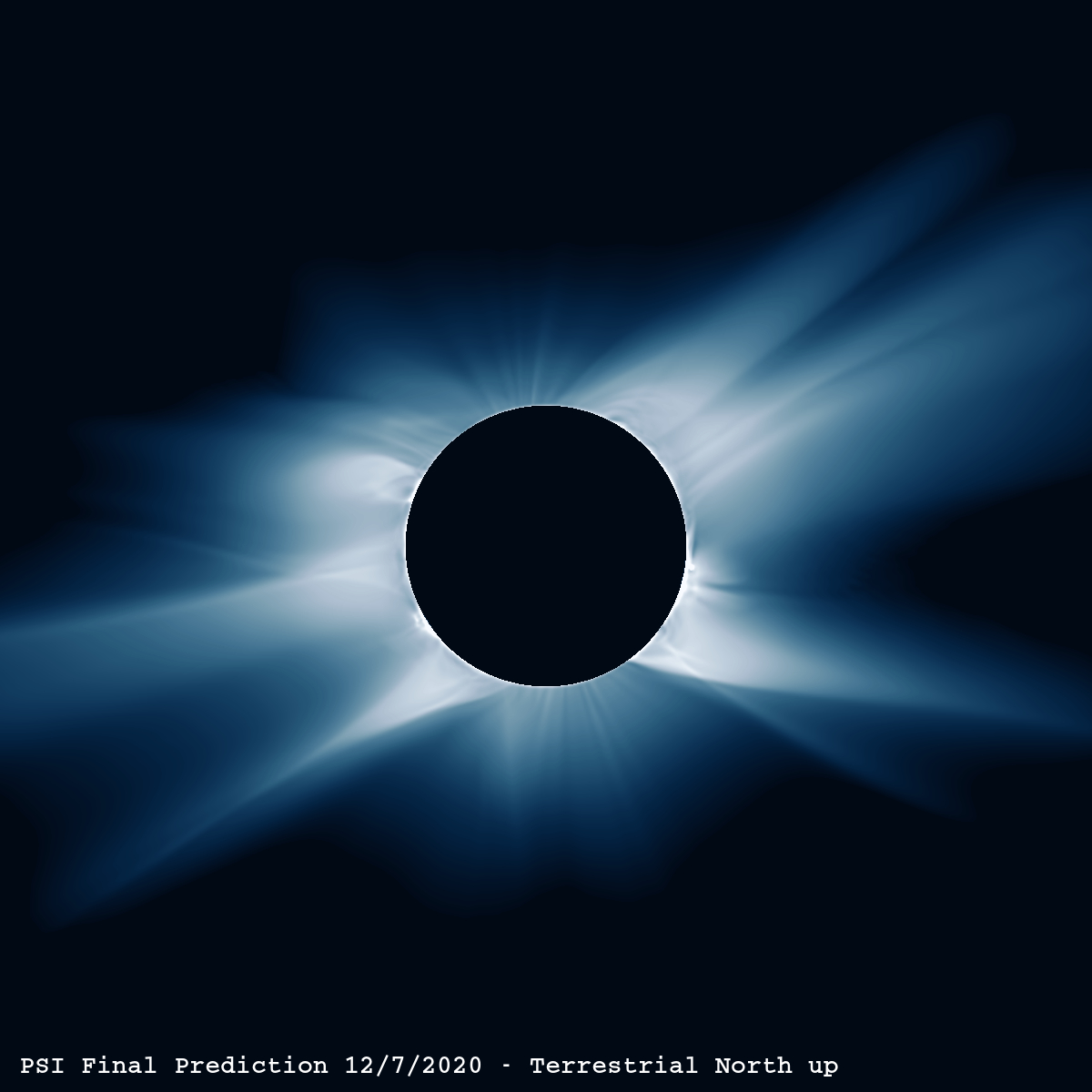| Home > Eclipses > Solar Eclipses > Total Solar Eclipse of 2020 December 14 |
|
|
|||||||||||
|
The Covid-19 pandemic has thrown in disarray all the preparations for this eclipse and most participants or tour companies decided to cancel their trips over the past few months. As of November 23rd Chile will begin to reopen its borders to foreigners, yet still with numerous restrictions, and on December 7th the mandatory quarantine on arrival will be lifted. Argentina should start its reopening on December 4th, yet traveling to the eclipse path may not be easy. As often being patient and taking some risks are being rewarded. After weighting in also my options I had to settle down on the Chile one near Pucón where the weather prospects weren’t the best but viewing the eclipse from the slopes of the Villarrica volcano had some interest on a clear day. Click on thumbnails for a larger version
|
|||||||||||
|
|||||||||||
|
|||||||||||
|
|||||||||||
|
|||||||||||
Xavier M. Jubier
1999 August 11
2001 June 21
2001 December 14
2002 December 4
2003 November 23
2005 April 8
2005 October 3
2006 March 29
2006 September 22
2008 February 7
2008 August 1st
2009 January 26
2009 July 22
2010 January 15
2010 July 11
2012 May 20
2012 November 14
2013 May 10
2013 November 3
2014 April 29
2015 March 20
2016 March 9
2016 September 1st



